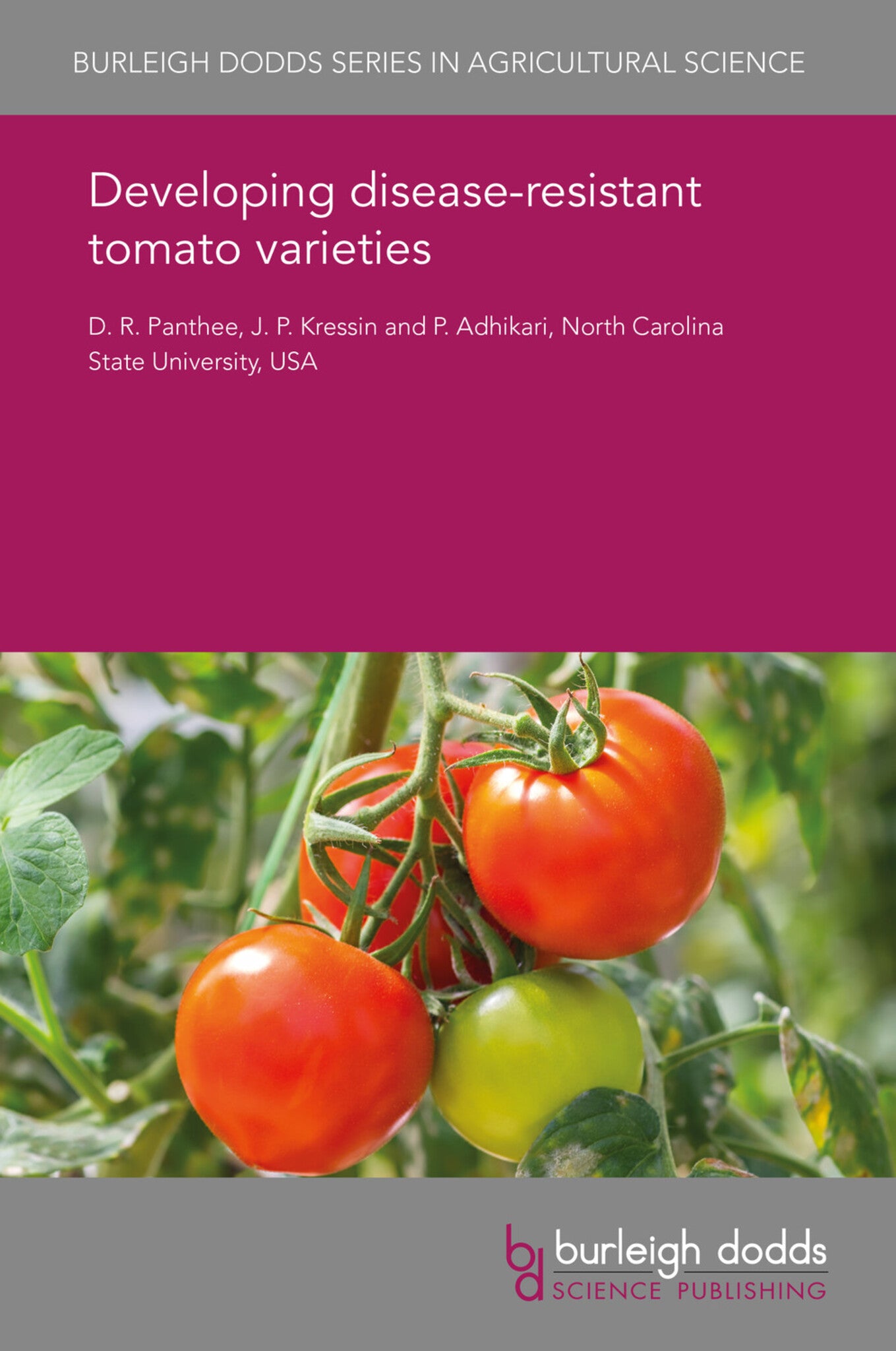We're sorry. An error has occurred
Please cancel or retry.
Developing disease-resistant tomato varieties

Some error occured while loading the Quick View. Please close the Quick View and try reloading the page.
Couldn't load pickup availability
- Format:
-
10 May 2017


TECHNOLOGY & ENGINEERING / Agriculture / Sustainable Agriculture, Commercial horticulture, SCIENCE / Life Sciences / Horticulture, TECHNOLOGY & ENGINEERING / Agriculture / Agronomy / Crop Science, TECHNOLOGY & ENGINEERING / Pest Control, Sustainable agriculture, Agronomy and crop production, Pest control / plant diseases

1 Introduction 2 Bacterial disease resistance breeding 3 Fungal disease resistance breeding 4 Virus disease resistance breeding 5 Nematode resistance breeding 6 Genetic engineering for developing disease-resistant tomatoes 7 Where to look for further information 8 Future trends and conclusion 9 References



